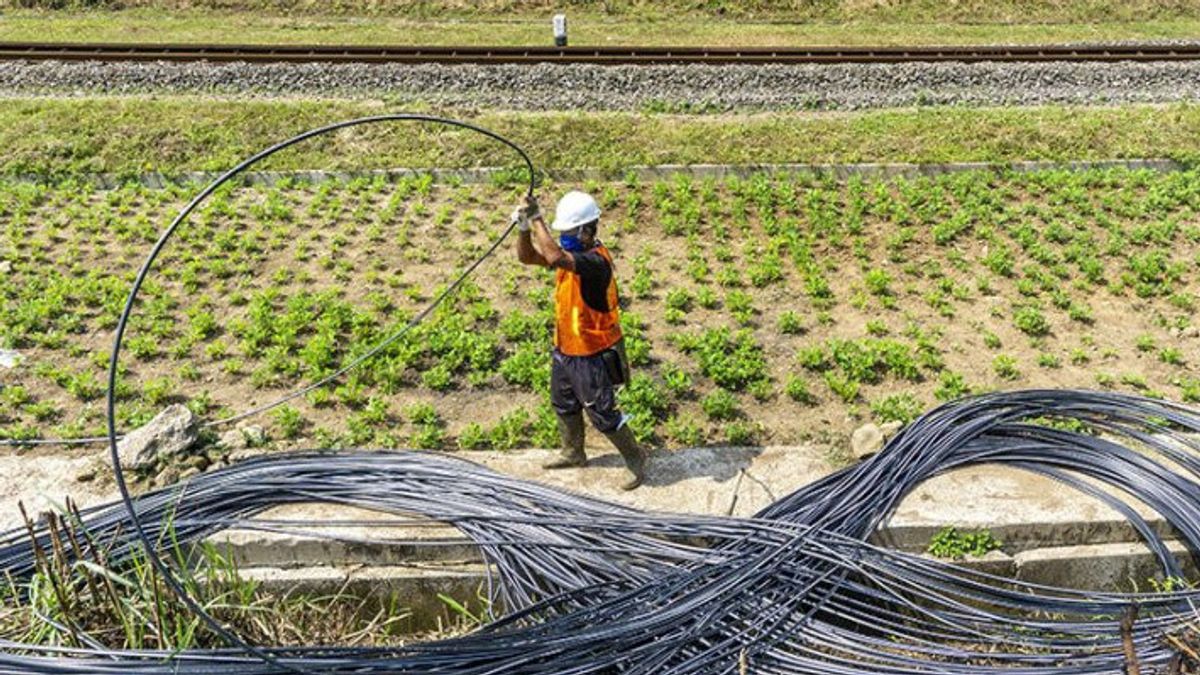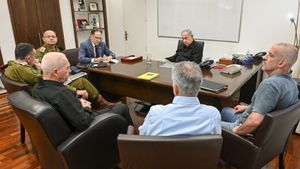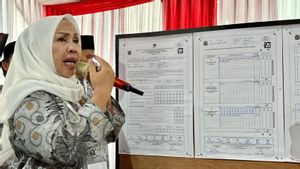JAKARTA - Connectivity has become the main need of the Indonesian people today in addition to clothing, food and shelter. Based on a survey from the Association of Indonesian Internet Service Providers (APJII), the number of internet users increased from 55 percent of the population in 2019 to 73.7 percent in 2020, and will continue to increase along with the ongoing pandemic recovery period.
All data communication service providers, especially internet service providers, are also competing to provide a more reliable internet connection. The construction of a fiber optic network as a data communication backbone is an unavoidable necessity in providing the best services in connectivity.
The latest estimate from the World Bank puts the estimated total number of fixed broadband subscribers in Indonesia at around 9.7 million, which is only 4 percent of the population or 16 percent of households. Indonesia is still lagging behind several neighboring countries such as Singapore, Malaysia, Thailand and Vietnam in the penetration rate of fixed broadband and high-speed mobile broadband (4G/LTE).
In addition, based on data from the Ministry of Communication and Informatics, only 36.03 percent of villages and 63.02 percent of sub-districts from all over Indonesia have passed the fiber optic cable network. So far, most of the fiber optic networks have been built on provincial roads and city/district roads.
Because it is built in an open and public place, the risk of network disruption often occurs as experienced by users, making it difficult for people's online activities which are currently increasingly prevalent after the pandemic.
These risks are a challenge for fiber optic network service providers in providing optimal service levels in the midst of rapidly increasing community needs for the provision of quality internet networks.
In responding to this challenge, PT Solusi Sinergi Digital Tbk (Surge) through its subsidiary PT Integration Network Ecosystem (Weave) is in the process of completing the fiber optic network along the railway lines throughout Java.
The construction of a fiber optic network along the railway line is a promising alternative. This method is claimed to be superior to building fiber optics along the highway.
Network security is the main focus, where the installation of optical fiber along the railroad tracks has a very minimal risk of interference because it is built in a sterile area when compared to building a fiber optic network on the highway.
"The advantages of installing fiber optics along railroads on land owned by PT KAI tend to be faster, safer, and less disruptive compared to fiber optic installations in general. This is a competitive advantage for the company in providing high-speed and reliable connectivity. Hopefully this can answer the needs of actors and the community for reliable high-speed connectivity and minimal interference," said CEO of Surge, Hermansjah Haryono in a written statement, Wednesday, September 29.
The development of this fiber optic network is designed to produce a smooth infrastructure network, large bandwidth capacity, and stable connectivity with low latency. In addition, this network infrastructure can cover all regions, so they can enjoy reliable connectivity services without having to worry about buffering, lagging, and other disturbances.
The deployment of the fiber optic network along the railway line on the island of Java is divided into 6 rings. The purpose of using the Ring system (Loop System) is to provide a guarantee of reliability in the network being built. If a risk occurs in one ring, it will be served by another ring, so that it becomes a unified Ring ecosystem that covers each other.
Protection against telecommunication connectivity disturbances is also made in multiple protections with the latest Dense Wavelength Division Multiplexing (DWDM) system technology and Automatically Switched Optical Network (ASON). Through this technology, fiber optic line protection is maintained in layers by all 6 existing rings.
Weave COO, Massigit Dian Santoso added, users of our fiber optic network services do not need to worry about service interruptions because apart from this network being built along the railroad tracks with minimal interference, this network is made in layers with 6 Ring protection.
"In addition, our system is also supported by ASON technology which provides automatic displacement through the next ring path in the event of a dynamic disturbance," he said.
The English, Chinese, Japanese, Arabic, and French versions are automatically generated by the AI. So there may still be inaccuracies in translating, please always see Indonesian as our main language. (system supported by DigitalSiber.id)













